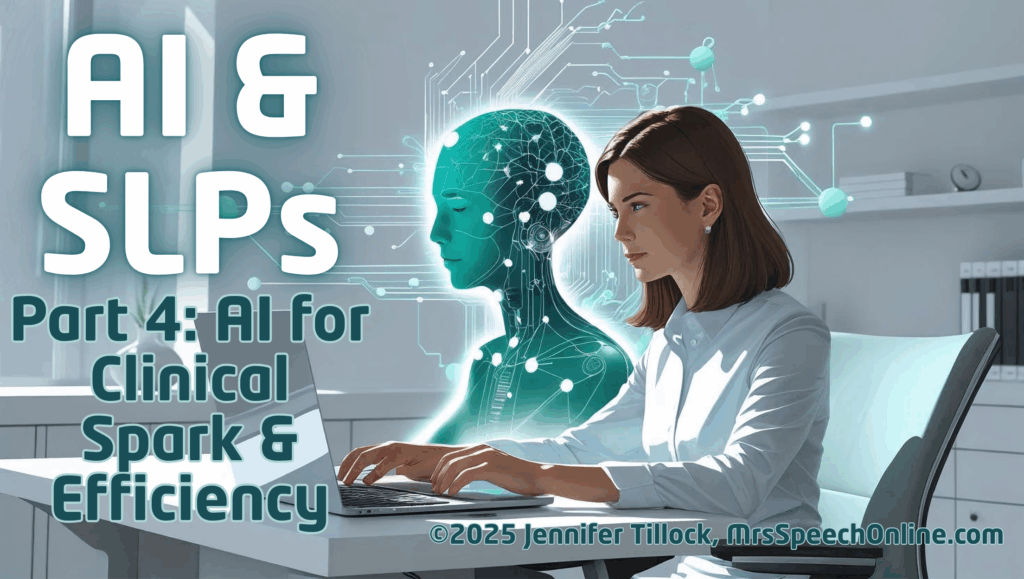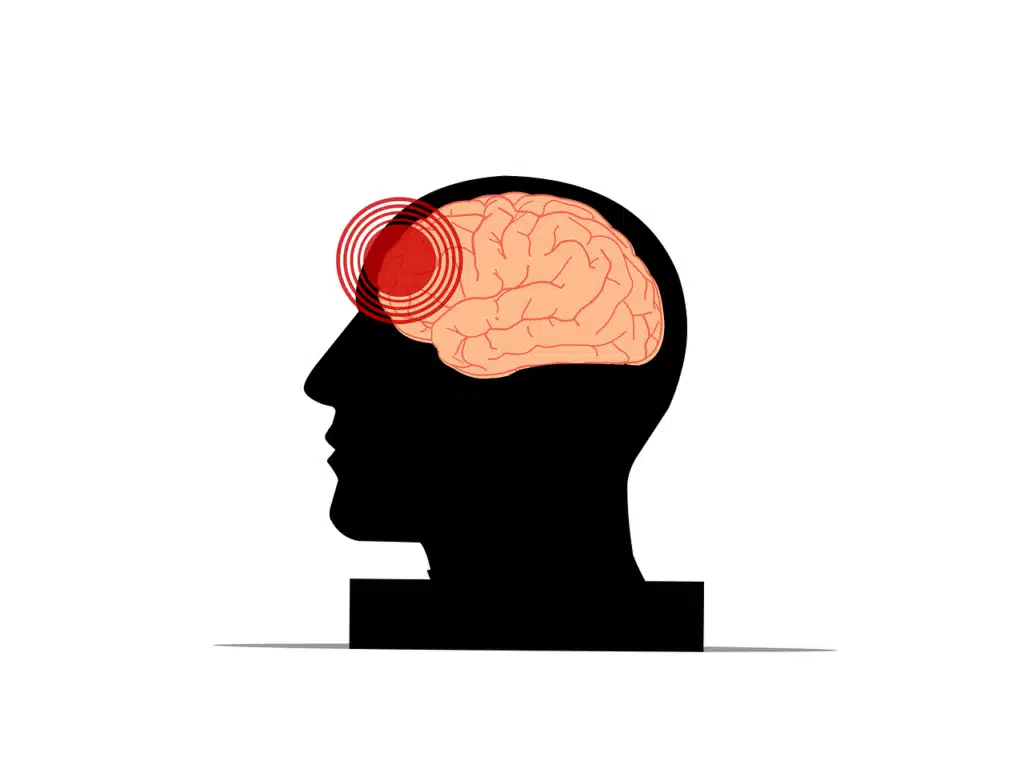As super-flexible powerhouses, SLPs routinely do the jobs of at least two people. What if you had a free assistant who could handle some of the heavy lifting? Enter AI tools for SLPs. Tools that could spark new ideas and streamline mundane tasks, so you could focus more on what you do best: transforming lives.
We’ve discussed privacy in Part 1, fact and myth in Part 2, and how AI works in Part 3. This post will give you some ideas on how to use AI to increase your productivity as an SLP. This isn’t about replacing your clinical expertise; it’s about equipping you with a powerful, ethical tool to turbocharge your efficiency and creativity.
Crucial Disclaimer: The Golden Rule of AI for SLPs
Before we dive into the practical applications, let’s establish the absolute, non-negotiable rule:

NEVER input Protected Health Information (PHI) or any client-specific identifying data (such as names, baselines, unique characteristics, or highly specific details that could lead to identification) into general-purpose AI models like ChatGPT, Bard/Gemini’s public interfaces, or similar tools that do not have a specific Business Associate Agreement (BAA) with your organization covering PHI.
Your company’s specific guidance on compliant AI use (especially for integrated tools like Google Workspace’s Gemini) is paramount. Always, always, always prioritize client privacy and confidentiality.
With that vital principle in mind, let’s explore ethical and compliant ways AI can become your new favorite clinical assistant.
1. AI Can Supercharge Your Planning
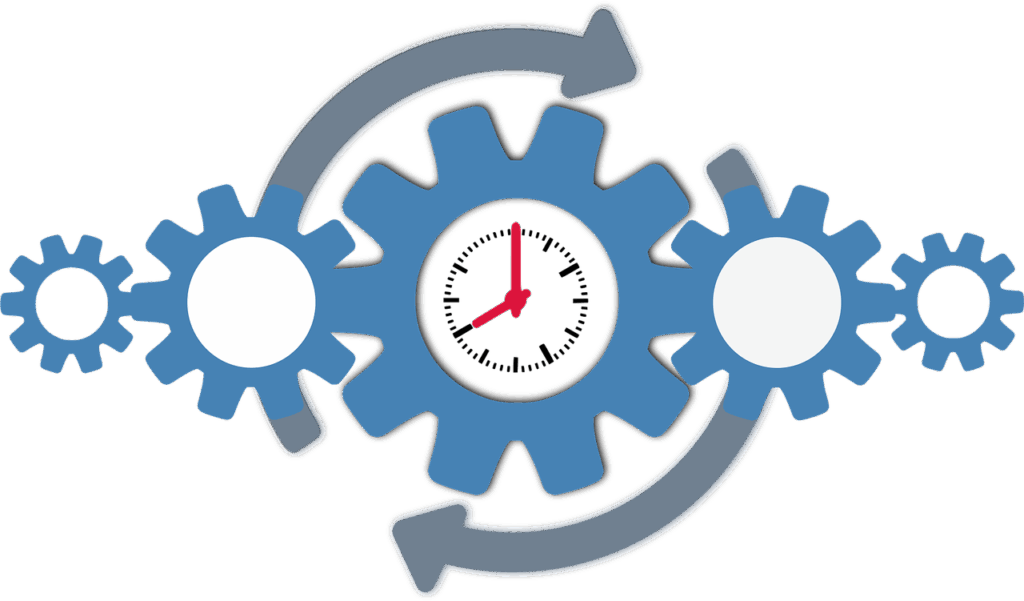
The blank page for a lesson plan or a new therapy goal can be daunting. AI in your SLP practice can be a brilliant brainstorming partner that helps you escape “therapy fatigue.”
- Creating Lesson Plans & Activity Ideas: Need a therapy session around a specific theme (e.g., “outer space” for articulation, “community helpers” for social language)? Ask AI to brainstorm age-appropriate activities, vocabulary lists, or a rough session flow.
- Prompt Example: “Brainstorm 5 engaging speech therapy activities for 7-year-olds working on /r/ production using an ‘ocean adventure’ theme.”
- Developing Task Analyses: For complex skills (like tying shoes, ordering food, or writing a sentence), AI can help you break them down into discrete, manageable steps, providing a valuable framework for intervention.
- Structuring Prompt Hierarchies: Design effective scaffolding for various tasks. AI can help you think through different levels of prompting from maximum to minimum support.
- Generating Diverse Goal Wording Templates: Crafting clear, measurable, and relevant IEP or treatment goals is time-consuming. AI can provide various wording options for specific skill areas, which you can then adapt with your client’s unique, non-identifying data.
- Prompt Example: “Provide 5 different ways to word a long-term goal for improving expressive vocabulary in a preschooler with language delay, focusing on measurable outcomes.”
2. Content Creation & Adaptation Made Easy with AI
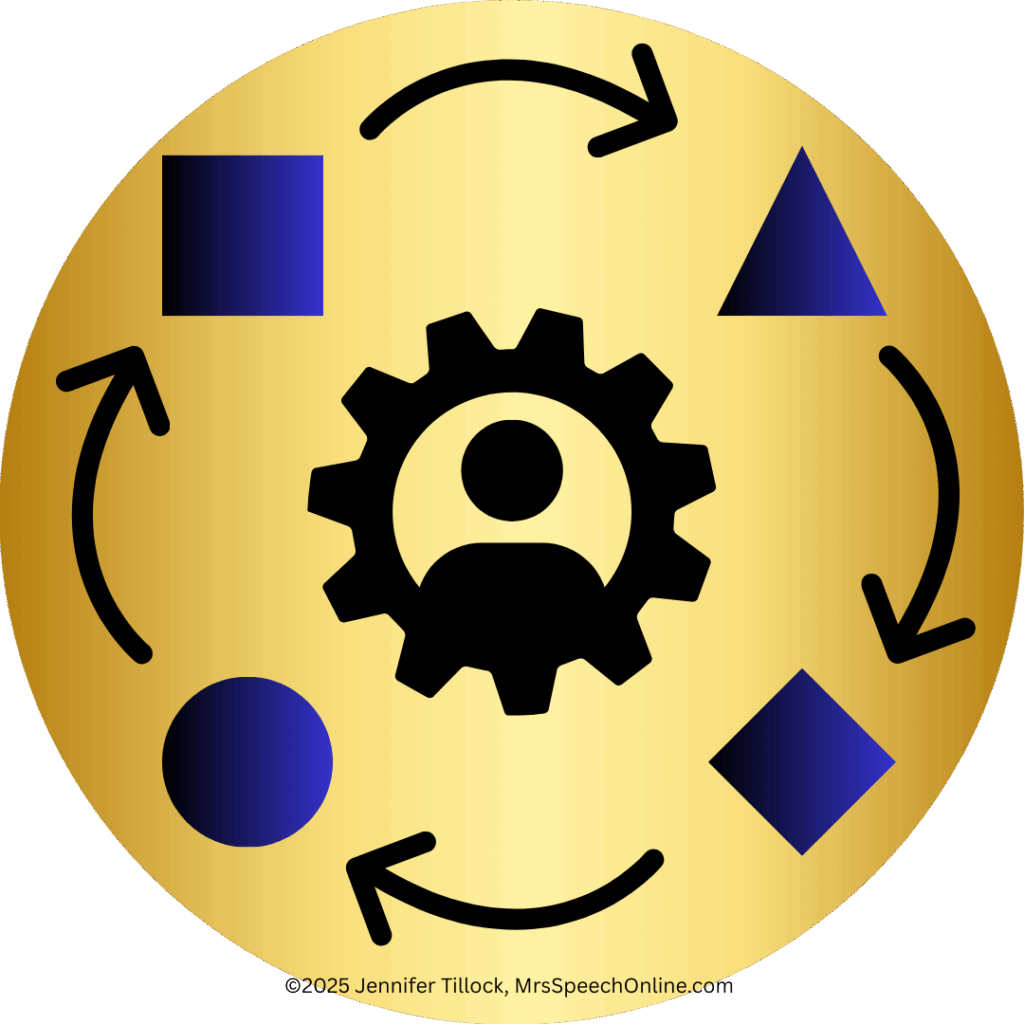
Need to adjust existing materials or create new ones quickly? AI helps you differentiate and tailor content in seconds.
- Adapting Existing Materials: Take a classic short story, news article, or educational text and ask AI to simplify it for a specific reading level (e.g., 3rd-grade equivalent) or to focus on particular concepts.
- Prompt Example: “Simplify the plot of ‘The Three Little Pigs’ into language appropriate for a 1st-grade reading level, focusing on story elements.”
- Generating Practice Items: Create endless lists of words, sentences, or short paragraphs targeting specific phonemes, grammatical structures, or vocabulary themes.
3. AI Documentation & Communication Shortcuts

While you should never input PHI into general AI, you can use it to polish and streamline all other written communications.
- Proofreading and Grammar Checks: Use AI to review emails (that don’t contain PHI), general announcements, or non-confidential sections of reports for clarity and error reduction.
- Summarizing Long Texts (General): Need to quickly grasp the main points of a professional article, a school policy document (without student info), or a long email thread? AI can provide a concise summary.
- Rephrasing for Clarity: If you’re struggling to articulate a general idea or want to make instructions more straightforward for colleagues, AI can offer alternative, punchier phrasings.

4. Using AI in Empowering Families & Caregivers
As your assistant in your SLP practice, AI can help you create effective, accessible resources that boost generalization outside the clinic room.
- Brainstorming Client Education Materials & Handouts: Get ideas for home carryover activities related to a specific skill or for parent education on a general topic (e.g., language stimulation, feeding strategies).
- Prompt Example: “List 7 practical, easy-to-implement home activities for parents to support a toddler’s expressive language development.”
- Translating General Advice: Rephrase clinical concepts into parent-friendly, jargon-free language for handouts or general communication.
5. Boosting Your Professional Growth
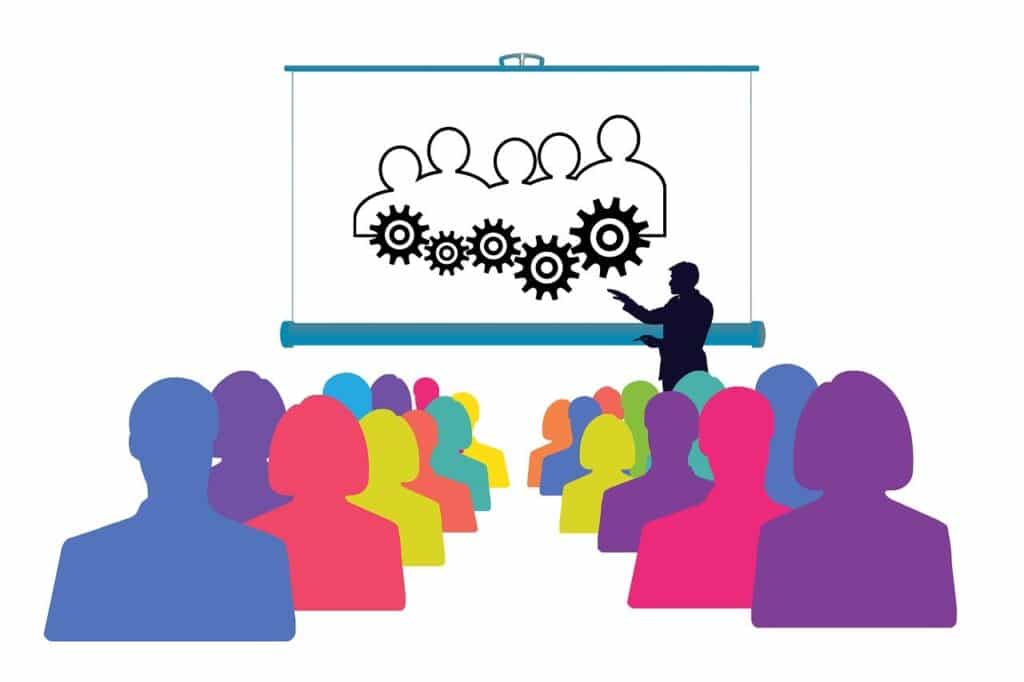
AI is a powerful tool for SLPs in continuous learning and career advancement.
- Summarizing Research Articles & Clinical Guidelines: Quickly extract key findings, methodologies, and conclusions from non-confidential research papers to stay updated in your field.
- Brainstorming Presentation Topics & Outlines: If you need to give a presentation for a staff meeting or a conference, AI can help you brainstorm ideas and structure your talking points.
- Creating Study Guides: Generate practice questions or summaries for certification exams, specialization tests, or continuing education courses.
The Responsible SLP’s AI Ethic: A Final Word
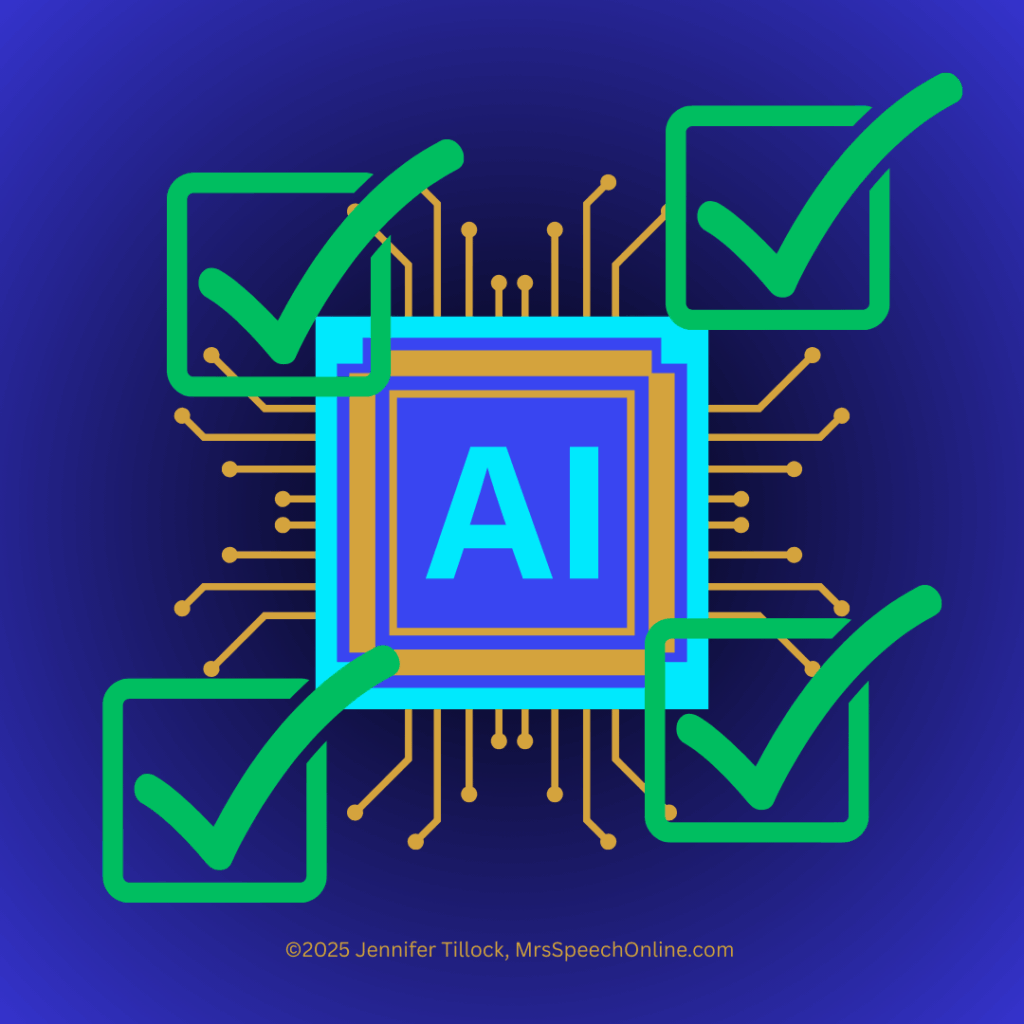
AI is a revolutionary SLP tool, but it’s just that—a tool. Your clinical judgment, ethical compass, and human connection remain irreplaceable.
Always remember:
- Verify, Verify, Verify: AI output can contain “hallucinations” or inaccuracies. Always critically review and fact-check any information generated by AI before using it.
- To succeed in an AI-driven future, SLPs must focus on critical appraisal of these emerging tools, as discussed in the ASHA journal LSHSS (Equipping Clinicians for Critical Appraisal of AI).
- Privacy is Paramount: Reiterate the NO PHI rule. This protects your clients, yourself, and your license. Understand and adhere strictly to your company’s and district’s policies on AI use.
- It’s an Assistant, Not a Replacement: AI should augment your skills, not diminish your critical thinking or clinical reasoning.
Start experimenting responsibly. Begin with low-stakes tasks and see how AI can transform your productivity as an SLP, allowing you to dedicate more of your precious time and energy to the art and science of speech-language pathology.
Next in the Series: In Post 5, we’ll delve deeper into crafting effective AI prompts to get the best possible results for your specific SLP needs.
The AI & SLPs Series: Your Comprehensive Guide
Welcome to the AI & SLPs Series! Over the next eight weeks, we’ll delve deep into how Artificial Intelligence is shaping the world of speech-language pathology. Here’s what you can expect:
- Part 1: AI & Clinical Data Privacy
- This foundational post explores AI training data, client privacy, and HIPAA compliance for SLPs, including the non-negotiable role of BAAs.
- Part 2: Separating Truth vs Myth
- We debunk common AI myths in SLP practice. Get a realistic understanding of AI’s true role and capabilities.
- Part 3: How AI Tools Work
- Get a clear, jargon-free explanation of how large language models function. Understand their capabilities and limitations.
- Part 4: AI for Clinical Spark & Efficiency (This post!)
- Discover ethical ways to use AI. Brainstorm, overcome planning hurdles, and refine non-clinical communications.
- Part 5: Mastering Prompts
- Learn prompt engineering. Communicate effectively with AI models to get tailored, useful results for SLP needs.
- Part 6: Compliant Platforms & Tools
- This post guides you through AI tools. Learn key factors for ethically and compliantly selecting platforms for your SLP practice.
- Part 7: Ethical & Responsible Use
- This crucial post delves into broader ethical responsibilities for SLPs using AI. It covers principles beyond data privacy.
- Part 8: The Future of AI
- This concluding post explores emerging AI trends and future possibilities in Speech-Language Pathology. Prepare to adapt, innovate, and lead responsible AI integration.
